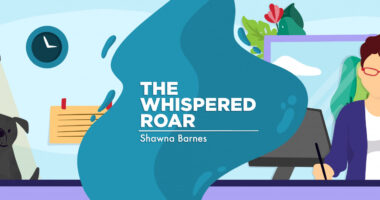 Discussion
Discussion
Ocular myasthenia gravis (MG) is a chronic autoimmune disorder where the immune system mistakenly attacks the muscles that control eye and eyelid movements. This interference with nerve-muscle communication causes muscle weakness, leading to specific eye-related symptoms.
The main symptoms of ocular myasthenia gravis (MG) are double vision, known as diplopia, and drooping of one or both upper eyelids, called ptosis. These symptoms often become more severe with continuous eye use and tend to worsen toward the end of the day.
No, ocular myasthenia gravis (MG) does not cause permanent blindness. However, it can lead to visual disturbances and eye-related issues such as double vision (diplopia) and drooping eyelids (ptosis), which can make seeing clearly difficult.
Diagnosing ocular myasthenia gravis (MG) involves a clinical evaluation, medical history, and specialized tests. These may include the Cogan’s lid twitch test, the ice pack test, or the Tensilon test. Blood tests for autoantibodies and single fiber electromyography (SFEMG) can also help confirm the diagnosis.
Treatment for ocular myasthenia gravis (MG) focuses on managing symptoms. Medications like cholinesterase inhibitors (e.g., Mestinon), steroids (e.g., prednisone), or immunosuppressants may be used. Other options include surgery for persistent eyelid drooping, eye patches or prism eyeglasses for double vision, and artificial tears for dry eyes.
 Fact-checked by
Fact-checked by 



